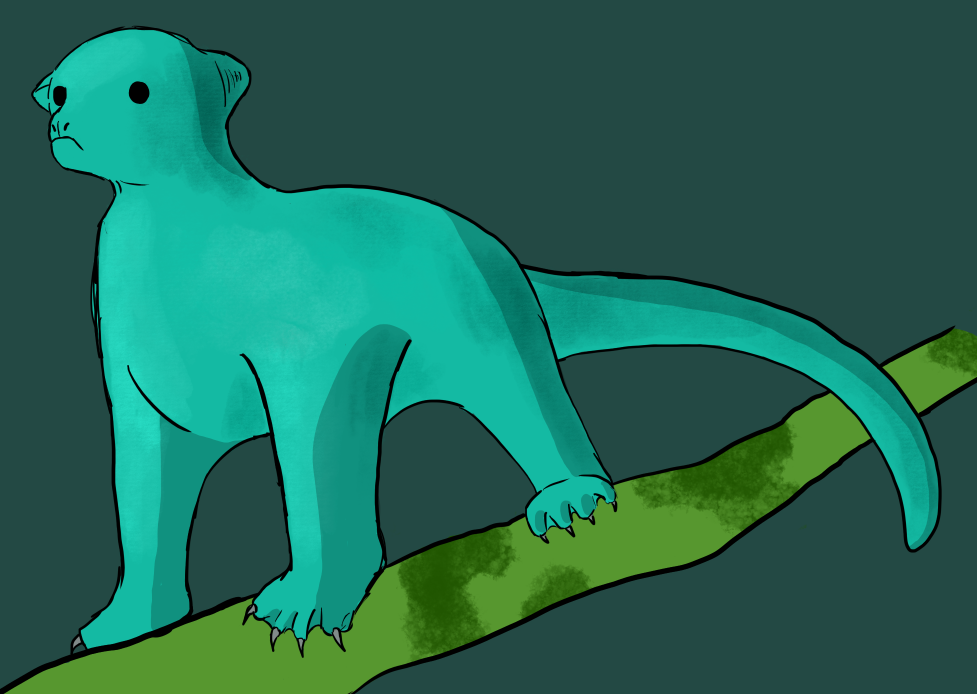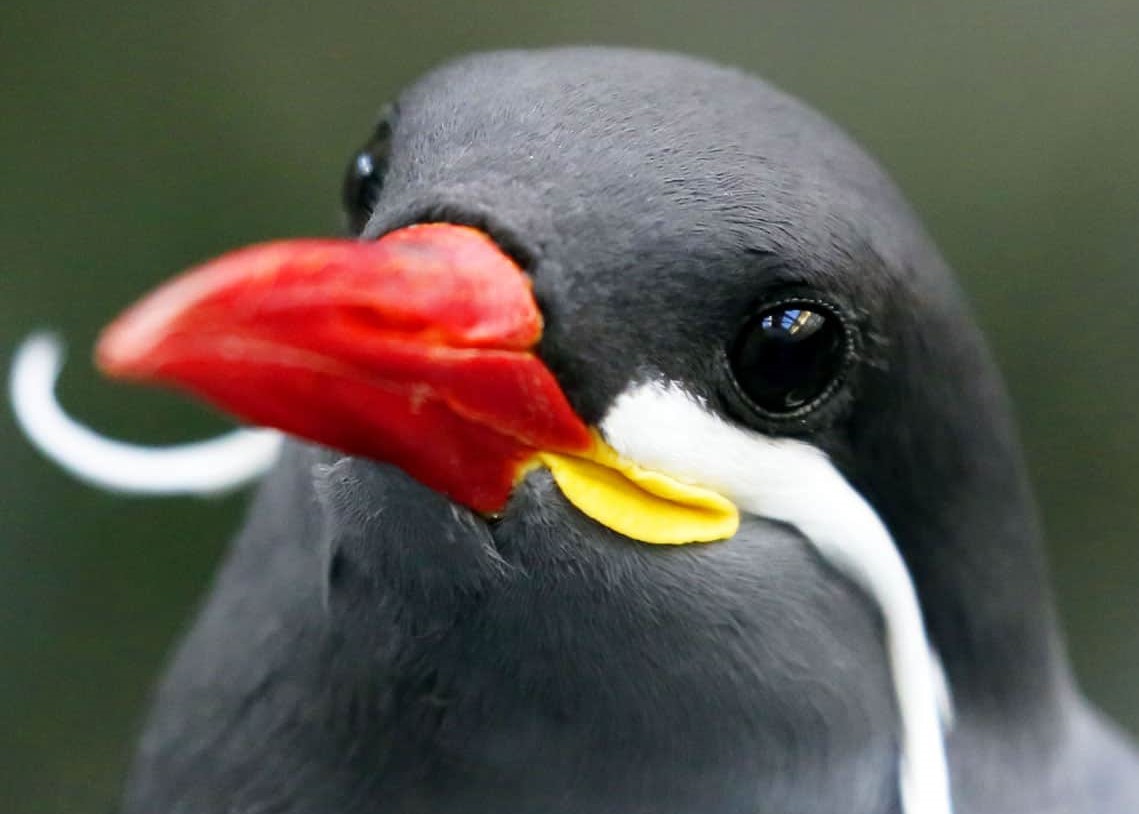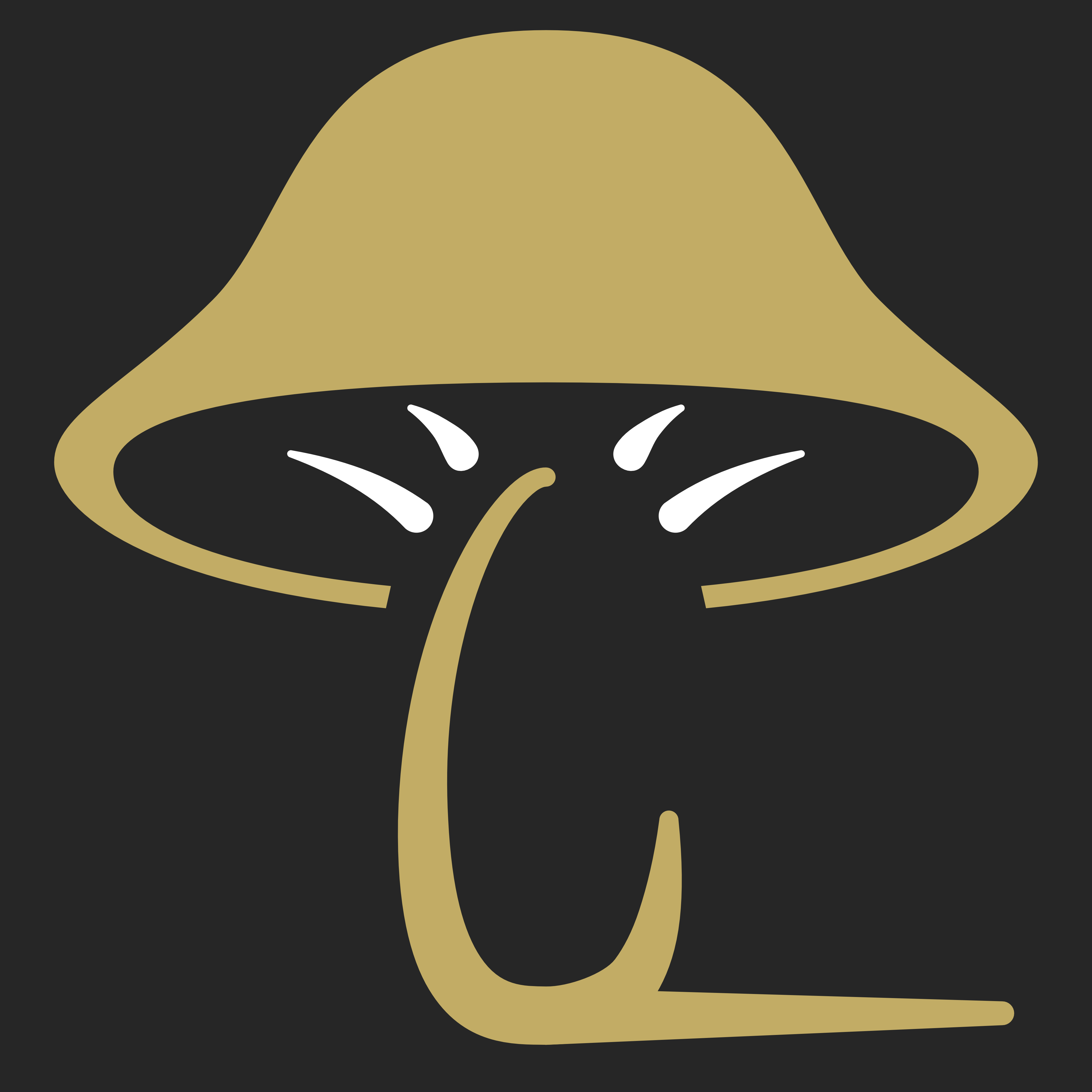Paradise Kinkajou
Anatomy
Paradise kinkajous have small round heads, small eyes despite large eye sockets, flat snouts, short limbs and a long prehensile tail. Their entire fur colouration is a light teal blue, however there is a small variation in fur colour depending on the location of these animals, influenced by genetics.
Males are slightly bigger than females, reaching an average of 165 centimetres in length, including their tails which take up approximately a third of their entire length. Females typically reach about 150 centimetres in length, however the longest ever recorded paradise kinkajou was a female at 235 centimetres in length. They have long purple tongues that can reach twenty centimetres in length, as well as golden eyes.
Diet
Like most other kinkajous, paradise kinkajous are primarily frugivores. They have an aversion to yellow fruits, as their eyesight exaggerates their colour, making them appear toxic even if they are not. 95% of their diet consists of ripe turd figs, named after the smell they produce.
The minority of their diet consists of live prey, typically insects. They use their long tongues, lined with miniscule barbs, to rip out larva from the insides of tree cavities and cracks, which are quickly mashed up by their rows of canines and molars.
Habitat
This species of kinkajou inhabits a wide range, however are scarce. Due to the loss of habitat, their overall territory has decreased by a third in the last 20 years. They are an entirely arboreal species, a trait not shared with any close relatives beside olingos, considered the same species by some.
Behaviour
An arboreal species, paradise kinkajous have remarkable manipulatory abilities, rivalling some primitive sophonts. They have opposable thumbs and a prehensile tail, already beating out some sophont species. They are a nocturnal species, waking at dusk and going back to sleep at dawn, waking every few hours.
They always live in pairs, never leaving each other's sides until the day they both mysteriously die together. One may die of a disease and the other one will mysteriously die at the same time. Some theorise it is a magical connection between the two, but they have not been studied enough to reach a proper conclusion.
Decline
Due to the recent industrial boom on Zechichi, the demand for tropical wood has increased tenfold. The desire for various oils made from said trees, the wood itself, space for farmlands and urban areas, means more and more of the rainforests are being chopped down daily. The kinkajous cannot cope and they are forced into smaller and smaller territories. This is slowly causing the decline in kinkajous, as they can't cope with living so close to conspecifics, where they are now at the point where they have to fight for resources; both food and mates are in high demand for these animals.














Awww they're bonded for life that's cute but also kinda morbid about the whole dying together thing. Maybe they love each other so much that when one dies the other dies of heartbreak.
It's very sad D: maybe that is what happens, but we'll never know.... *spooky noises*